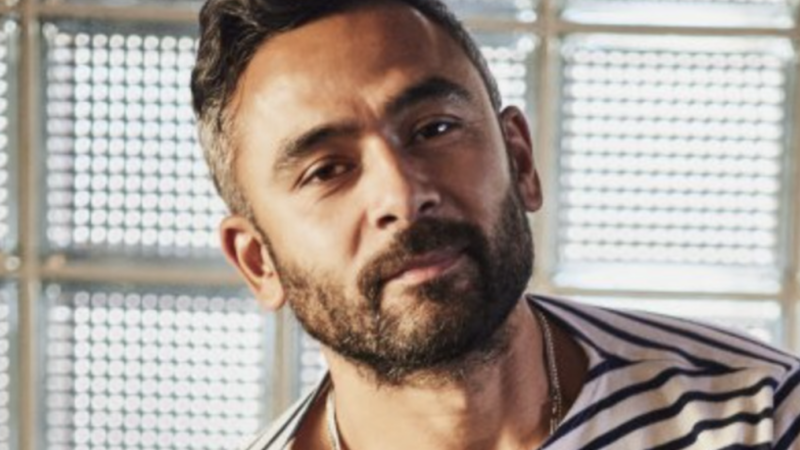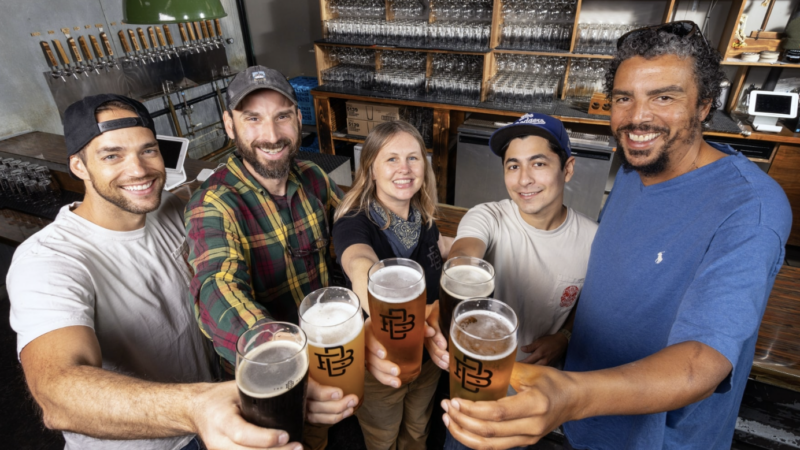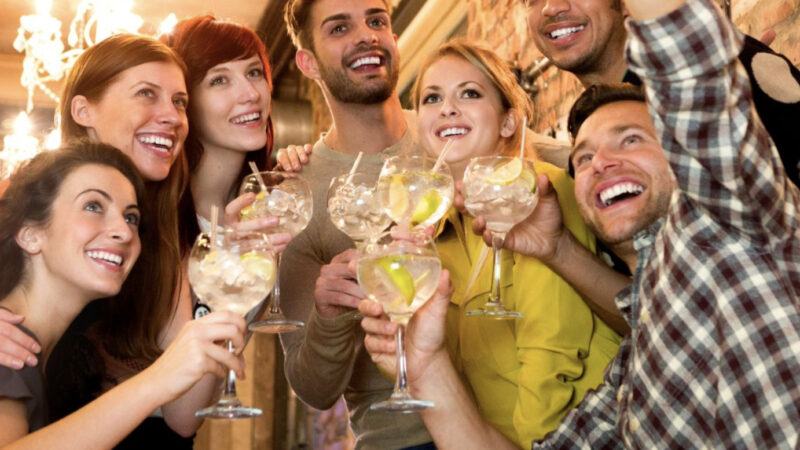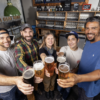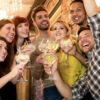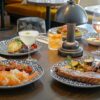Oryx Desert Salt supports !Xaus Lodge community
Transfrontier Park Destinations (TFPD) has a long-held vision of partnering with communities to commercialise their tourism assets, create sustainable job opportunities and encourage sustainable economic activity. It is with the invaluable support of homegrown, global companies that it’s been possible to build on this vision.
One of TFPD’s projects is !Xaus Lodge, (pronounced Kaus, with a traditional click) a now thriving 4-star graded and Fair Trade Tourism certified community-based tourism initiative, offering a unique Kalahari desert environment experience for visitors. It has recently championed the !Ae!Hai Kalahari Heritage Park, the ancestral home of the ǂKhomani San and Mier communities, being declared an International Dark Sky Sanctuary.
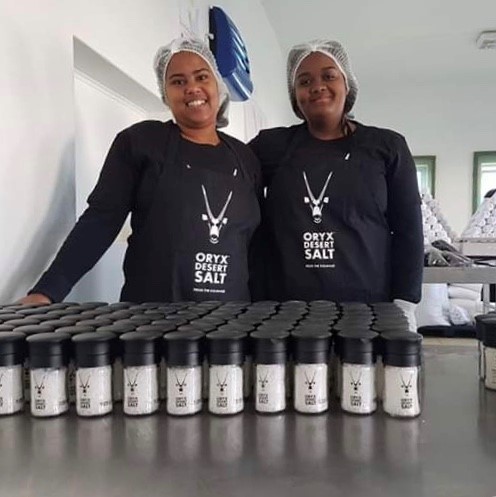
!Xaus means ‘heart’ in the Nama language and the lodge is built on a dune overlooking a large heart-shaped salt pan. Born out of the !Ae !Hai Kalahari Heritage Park land claim settlement of 2002, it is owned by the local ǂKhomani San and Mier communities.
Glynn O’Leary, co-founder and CEO of TFPD, says: ‘ the ǂKhomani San and Mier communities are some of the most marginalised communities in South Africa so we are always delighted to channel funding from local businesses towards upliftment in these communities.”
He goes on to say, “I am excited that the historic multi-million rand global Rooibos industry has recently made its first annual pay out to the National Khoi and San Council and the South African San Council in a world-first, landmark agreement.” The Rooibos industry has pledged its commitment to environmental stewardship and protection of biodiversity, which is in alignment with TFPD’s own values of responsible environmentalism and tourism.
Similarly, Oryx Desert Salt supports !Xaus Lodge on an ongoing basis. O’Leary says, “We’re proud to be associated with Oryx Desert Salt as they sustainably harvest their sun-dried salt from 300 million-year-old underground rivers in a pristine area in the Kalahari Desert as well as package their product in a sustainable way.
It was their generous sponsorship that enabled our head chef, Lientjie Isaks, to travel to the UK for a once-in-a-lifetime UK- chef exchange experience.” Lientjie was able to bring back her freshly acquired skills to !Xaus Lodge, improving recipes and menus.



